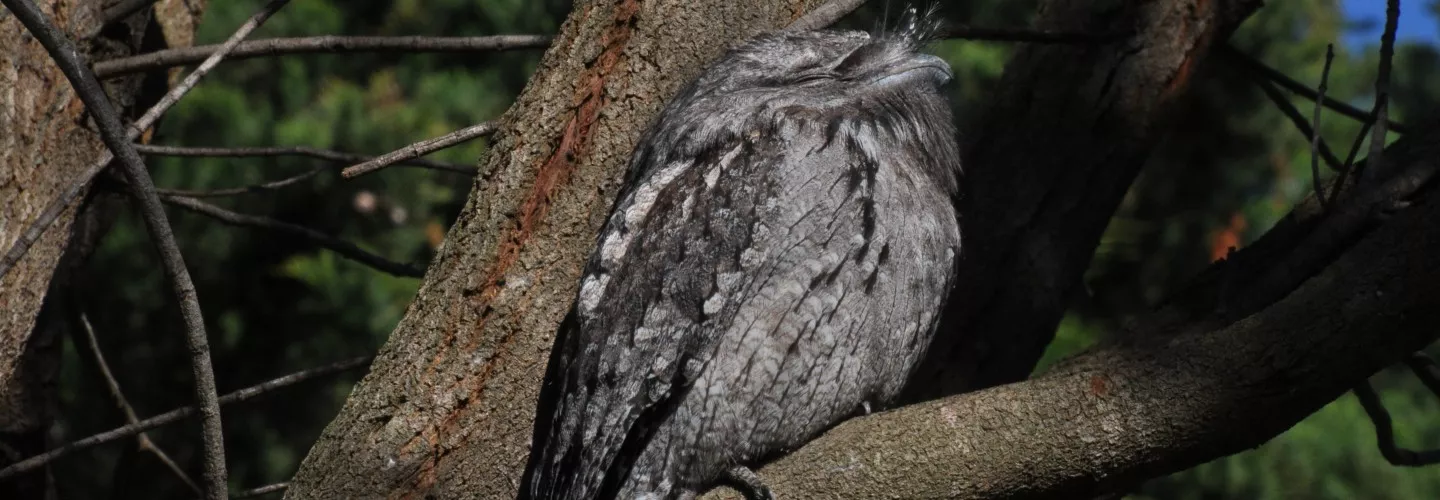Helping Injured Birds
Look for signs a bird needs help
A bird that is sick or injured will look or behave differently. It may be:
- dirty, matted or missing feathers
- unable or reluctant to fly
- limping, head titling or breathing rapidly
- fluffy and hunched when it isn’t cold
- sitting in an unusual, open place and not moving when approached.
Most baby birds don’t need to be rescued. Some species leave the nest before they’re able to fly and spend time on the ground with their parents close by.
If attacked by a cat or dog, take the bird to a vet even if there’s no visible injury. Cat and dog saliva is toxic to birds and scratches can lead to infection.
Make it safe for you and the bird
Injured wildlife can be dangerous, especially when scared or stressed. Birds can also carry diseases.
Protect yourself and the bird by:
- removing any threats, such as cats and dogs
- using gloves or a towel to handle the bird
- washing your hands after handling the bird.
Do not handle large birds, such as owls and birds of prey – these birds have very sharp talons and can use them if they are scared or threatened. They must only be handled by trained wildlife rescuers.
Place the bird in a box quickly and carefully to minimise unnecessary stress
Birds are often killed by shock rather than their injuries. Swift but careful action is a necessity as any delay can increase stress.
Cover the bird with a towel or blanket and pick it up gently but firmly. For medium sized birds you will need two hands – one over each wing.
Place the bird into a secure and well-ventilated box. Keep the box in a warm, dark room and try not to disturb it. This reduces stress and shock for the bird and is the best treatment you can give it.
Do not give the bird food or water as this could cause the bird to aspirate or delay any treatment it might need.
Take the bird to a vet or contact wildlife rescue
If possible, take the bird to a vet straight away. A vet shouldn’t charge you for bringing in wildlife.
If you can’t get to a vet or contain the bird yourself, contact wildlife rescue. They will give you advice and, depending on resources, may be able to rescue the bird.
Take note of where the bird was found so it can be released in the same location.
In Australia, you must be a licensed wildlife carer to rehabilitate wildlife. Birds often need specialist care and treatment. To give them the best chance of survival, get them to licenced carers as quickly as possible.
Contact details for Wildlife Rescue representatives

- ACT (02) 6299 1966
- NSW 1300 094 737
- NT (08) 8988 6121
- QLD(07) 5527 2444
- TAS (03) 6233 6556
- VIC (03) 8400 7300
- WA (08) 9474 9055
- SA (08) 8289 0896
